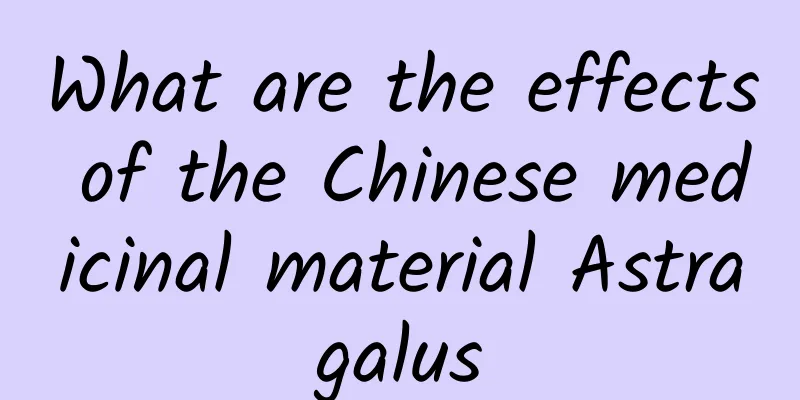“Affordable Bird’s Nest” Tremella and Golden Ear, are they really that magical?

|
Tremella and golden fungus are both common delicacies on the table. Many people think that when Tremella and golden fungus are made into soups and desserts, they taste sticky, which must be because they contain a lot of collagen. So, can eating Tremella fuciformis and Tremella fuciformis really supplement collagen? In fact, collagen only exists in animal foods, such as pig's trotters, beef and mutton, eggs, fish skin, etc. There is no collagen in white fungus and golden fungus at all. The sticky taste of white fungus and golden fungus is mainly related to the polysaccharides they contain. Polysaccharides are soluble dietary fibers. Long-term boiling will cause the polysaccharides of white fungus and golden fungus to dissolve into the water, so the white fungus soup and golden fungus soup will become sticky. Moreover, not to mention that white fungus and golden fungus do not contain collagen. No matter what form of collagen, as long as it is eaten, it will first be broken down into amino acids in the body, and then used by the human body. It cannot be directly converted into collagen in our skin. Although Tremella and Golden Ear cannot supplement collagen, as high-quality edible and medicinal fungi, they are definitely nutritious and delicious healthy ingredients! The golden ear (Naematelia aurantialba) is known as the "gold of fungi" and "bird's nest of fungi". When mature, its fruiting body is ear-shaped and golden yellow. Because it looks like a brain, it is also called brain ear and brain-shaped white ear. Wild golden ear is mostly found in alpine oak forests, growing on the trunks of alpine oak or alpine oak. It has now been cultivated in factories. As a precious edible and medicinal fungus, golden ear has a very high polysaccharide content and contains a large amount of amino acids, proteins and mineral elements required by the human body, and has high nutritional value. Golden ear has the effects of relieving cough and reducing phlegm, promoting body fluid and quenching thirst, and can be used to treat symptoms such as phlegm, asthma, tuberculosis, consumptive tuberculosis, cough, and night sweats. As early as the Wei and Jin Dynasties, the "Famous Doctors' Records", the Tang Dynasty's "Newly Revised Materia Medica" and "Qianjin Yifang", the Song Dynasty's "Zhenghe Materia Medica", and the Ming Dynasty's "Compendium of Materia Medica" all recorded the medicinal effects of golden ear. This article was scientifically reviewed by the Kunming Edible Fungi Research Institute |
>>: This is a "big event" that has been planned since the 80s...
Recommend
Saudi Aramco's market value tops the world's largest! Why is the Middle East so rich?
Saudi Aramco has become the world's largest o...
Do you believe that you can judge the taste of lotus root by looking at the number of holes?
Lotus root is tender and crispy, and is delicious...
How to use Hancao anti-hair loss and hair growth essence
The pressure of life is constantly increasing tod...
LGBT Community and the Spring of Gay Tourism
Research on LGBT travelers by marketing firm Info...
Benefits of soaking your feet in water boiled with mugwort, ginger and pepper
When we walk all day, our feet are the most tired...
If you eat too much salt, there are several signs that your body is choking, not just wanting to drink water!
Mr. Yang, 47 years old, developed weakness in the...
The efficacy and function of Bladder Seven
Bladder Seven is a very good medicinal ingredient...
Thousand sheets, bean curd sheets, vegetarian chicken… How do Chinese people make use of soybeans?
Winter is here, and it's time to eat hot pot....
The efficacy and function of flowers and plants
Flowers and herbs are a kind of medicinal materia...
When you are in the world, you will inevitably get hurt! Let's take a look at the things about scars
Figure 1 Copyright image, no permission to reprin...
Do you want to stay young by supplementing collagen? Wake up!
Who doesn't want to look young and youthful? ...
Side effects and contraindications of Schisandra chinensis
Schisandra chinensis is a very good Chinese herba...
The efficacy and function of Amla
Ammola is a traditional Chinese medicinal materia...









